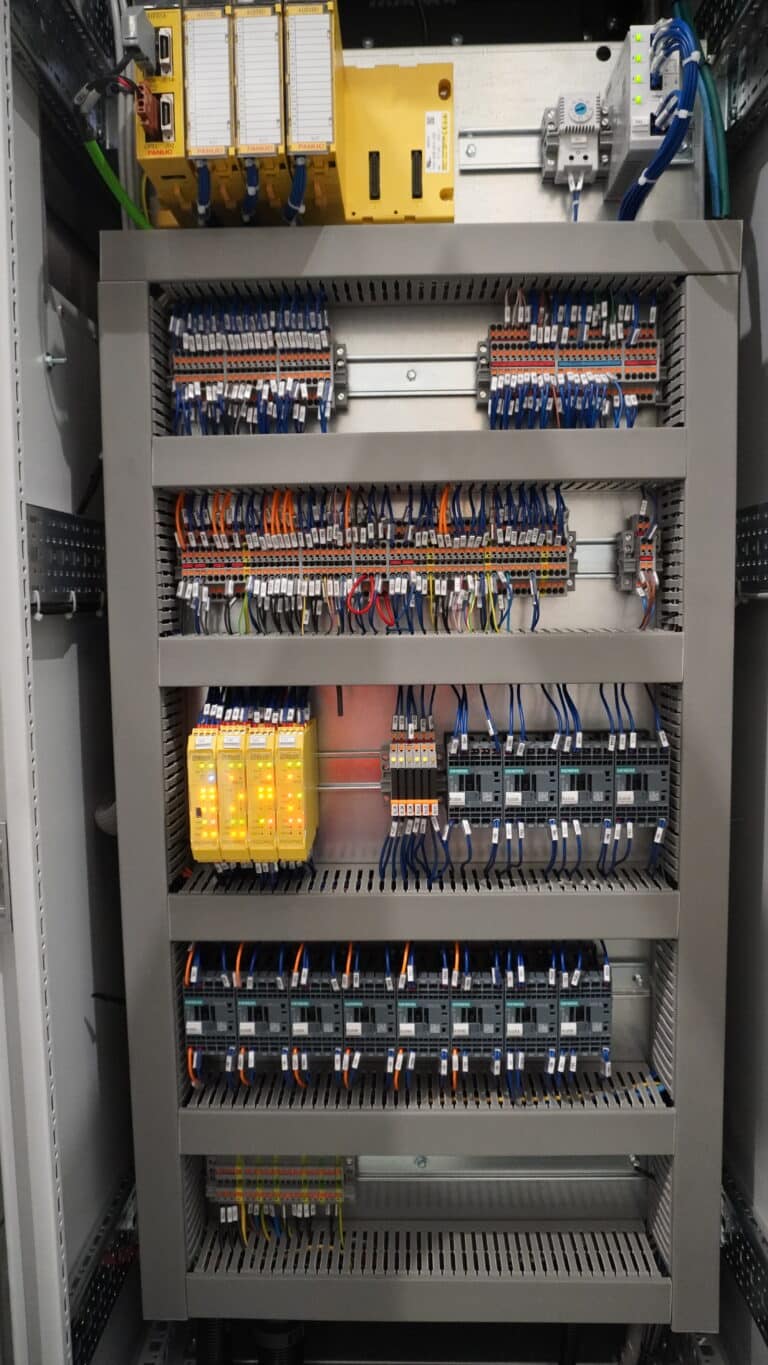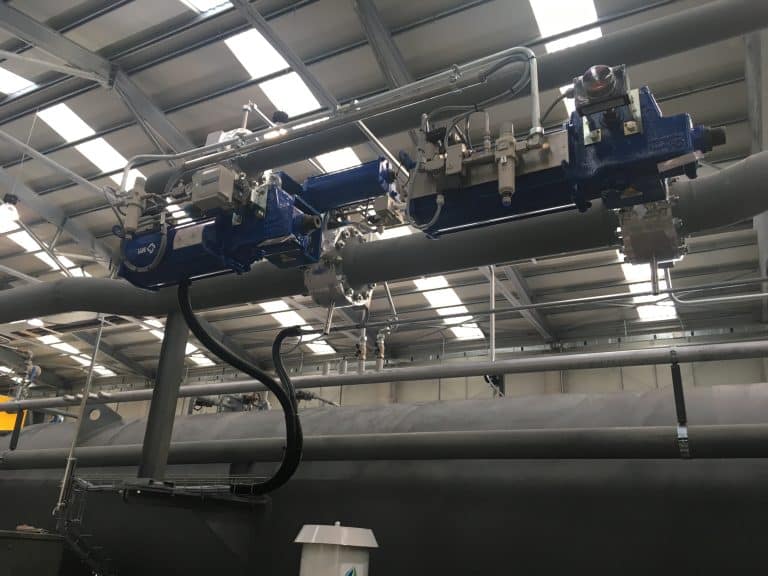Differences beetween FLA and FLC
THE DOUBT:
In North America, each motor has two current values:
- Full-Load Ampere (FLA)
- Full-Load Current (FLC)
What are the differences and when are the...
UL and CSA Conformity

Equipment Protection Level
In an explosive atmosphere, only suitable equipment must be installed: suitable means that they cannot ignite the explosive atmosphere.
Process Safety

"Proven in use" and "Prior use"
THE DOUBT: What is the difference between a Proven in Use and a Prior Use Device?
Actually the two terms are quite similar and it is very easy to mix t...
Process Safety

ATEX Equipment Grouping
In an explosive atmosphere, only suitable equipment must be installed: suitable means that they cannot ignite the explosive atmosphere. There are 3 types of Explosive atmospheres
ATEX Risk

The Modular Approach for Control Panels, EN 60204-1
To CE mark my Automation Panel, or my Control Panel, shall I do some EMC tests?
Machinery Safety

The difference between Route 1H and Route 2H
THE DOUBT: What is the difference between Route 1H and Route 2H?
Let’s try to place the subject into the main picture. When you hear about Route 1H and 2...
Process Safety

The safety curve and the TN system
Everyone knows that current is dangerous, but how can you tell what the dangerous threshold value is?
Electrical Safety and Arc Flash Mitigation

The Breaking Capacity of a Short-Circuit Protective Device (SCPD)
One of the problems related to the dangerousness of electrical current is the fact that cables and utilisers can catch on fire if traversed by a current bigger than the one predicted for its normal use.
Electrical Safety and Arc Flash Mitigation

The let through energy for protective devices
Like we well know electrical components have a lifetime, which is calculated considering the energy that trasverse them. The electrical energy like expressed from the english physician James Prescott Joule its explained like it follows:
Electrical Safety and Arc Flash Mitigation

Robots and their parts : ISO 10218-1
We all know that robots are the beating heart of robotic islands, and their use is becoming more and more widespread for the automation of industrial processes; knowing their importance, let us now analyze the parts from which it is composed.
Machinery Safety

The dynamics of dust explosions
Usually explosions in civil environments, such as homes, or industrial environments, such as factories, are due to gas leaks.
However, there are also explosions due to the presence of potentially explosive Powders, such as flour, sugar, or even metal...
ATEX Risk

Hazardous Locations: The ATEX Classification in the U.S. and Canada
The standards applied in the North American world in the field of explosive safety, (which take NFPA 2,70,497,499,500,505 as a reference), differ from those applied in the European world, but their ultimate goal is to ensure ideal conditions by limit...
ATEX Risk
